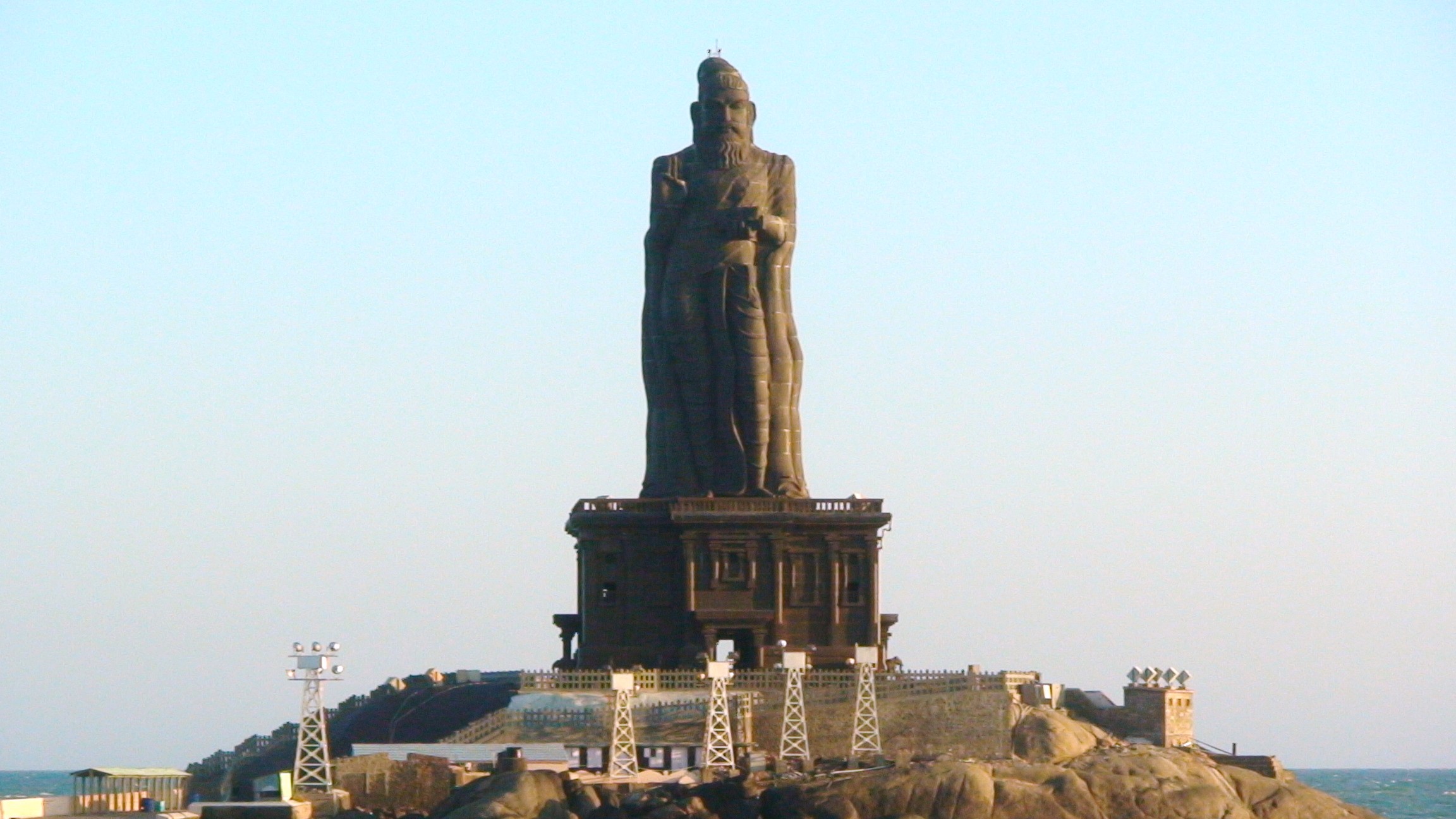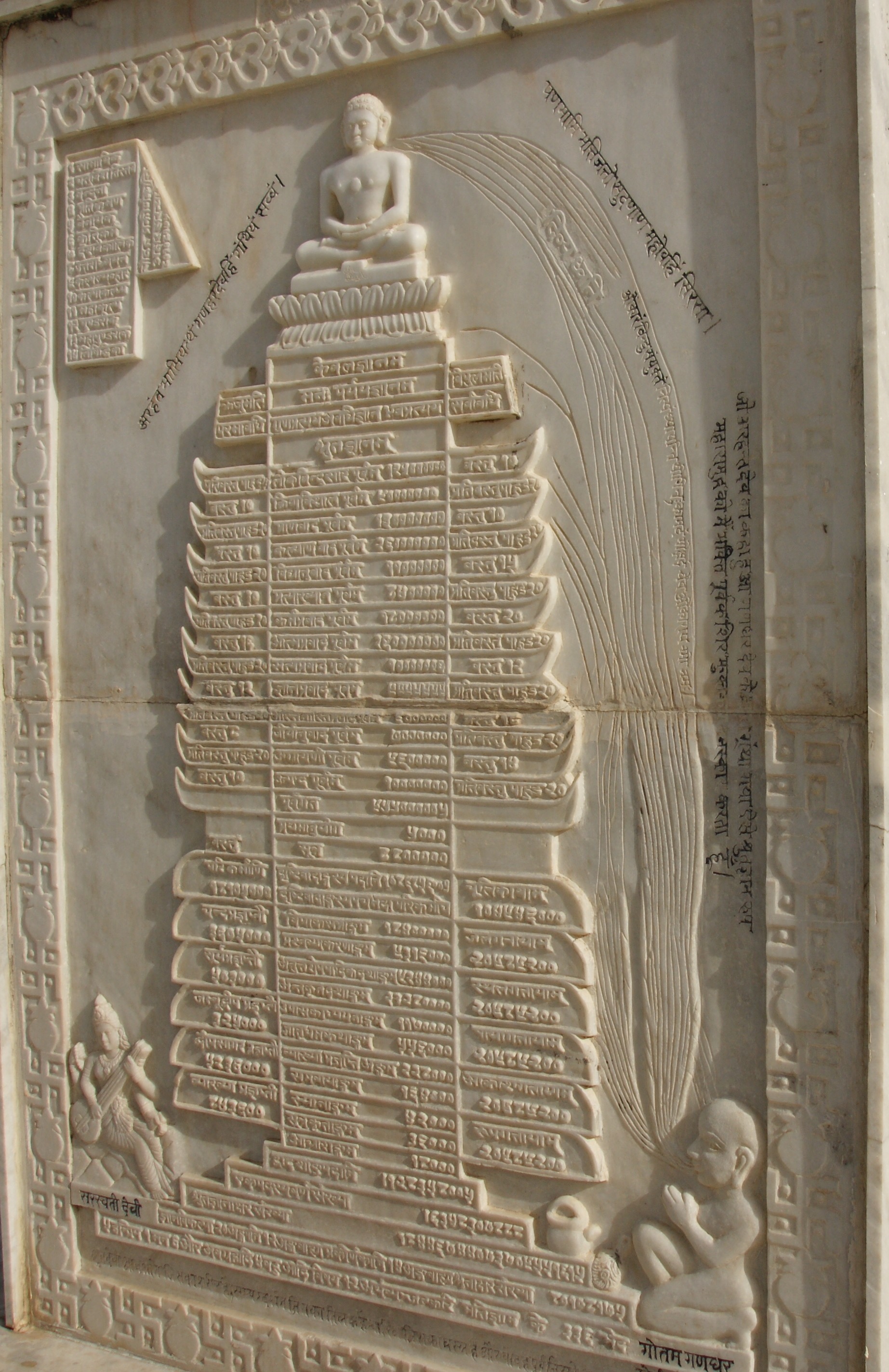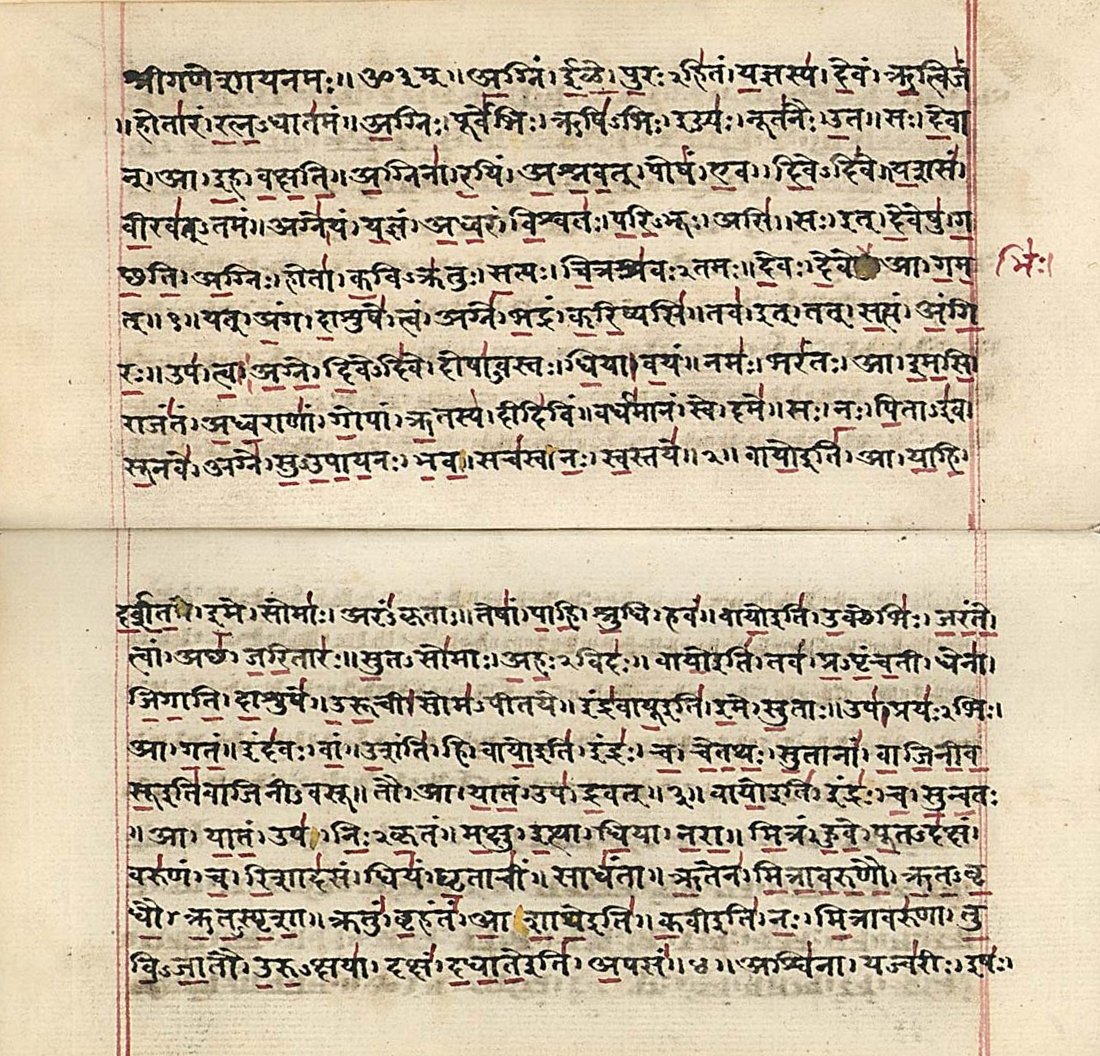|
Mahāprajña
Acharya Shri Mahapragya ( hi, आचार्य महाप्रज्ञ ''Ācārya mahapragya'')(14 June 1920 – 9 May 2010) was the tenth head of the Svetambar Terapanth order of Jainism. Mahapragya was a saint, yogi, spiritual leader, philosopher, author, orator, and poet. He began his life of religious reflection and development as a Jain monk at the age of ten. Mahapragya played a major role in Anuvrat movement launched by his Guru Acharya Tulsi in 1949, and became the acknowledged leader of the movement in 1995. Acharya Mahapragya formulated the well organized Preksha meditation system in the 1970s, and developed the "Science of Living" education system which is a practical approach for the balanced development of a student and his character building. He traversed more than 100,000 km on foot covering more than 10,000 villages reaching out to the masses spreading the message of harmony and peace. He walked across the length and breadth of India From Kutch ... [...More Info...] [...Related Items...] OR: [Wikipedia] [Google] [Baidu] |
Preksha Meditation
Jain meditation (''dhyāna'') has been the central practice of spirituality in Jainism along with the Three Jewels. Jainism holds that emancipation can only be achieved through meditation or Shukla Dhyana.' According to Sagarmal Jain, it aims to reach and remain in a state of "pure-self awareness or knowership."Jain, Sagarmal, The Historical development of the Jaina yoga system and the impacts of other Yoga systems on Jaina Yoga, in "Christopher Key Chapple (editor), Yoga in Jainism" chapter 1. Meditation is also seen as realizing the self, taking the soul to complete freedom, beyond any craving, aversion and/or attachment. The practitioner strives to be just a knower-seer (''Gyata-Drashta''). Jain meditation can be broadly categorized to the auspicious (''Dharmya Dhyana'' and ''Shukla Dhyana'') and inauspicious (''Artta'' and ''Raudra Dhyana''). The 20th century saw the development and spread of new modernist forms of Jain ''Dhyana,'' mainly by monks and laypersons of Śvētām ... [...More Info...] [...Related Items...] OR: [Wikipedia] [Google] [Baidu] |
Mahashraman
Acharya Mahashraman (IAST: Ācārya Mahāśramaṇa; born 13 May 1962) is the eleventh Acharya, supreme head of Jain Śvētāmbara Terapanth sect. Mahashraman ji heads all activities functioning under Terapanth organisation, most notably Anuvrat, Preksha Meditation, Jeevan Vigyan (Science Of Living). All the Terapanth sub-organisations, notably. Jain Vishva BharatiTerapanth Mahasabha etc. are working under the guidance of Acharya Shri Mahashraman. Despite being an Acharya of a religious order, his views are liberal and secular. He has a firm conviction to promote nonviolence, moral values and principles. Biography Early life In Rajasthan, Acharya Shree Mahashraman Ji was born on 13-May 1962 (Vaisakha Shukla navami) i.e. 13-May 1962 in Sardarshahar, Churu. His real name is Mohan Dugar. His parents were Nemadevi and Jhumarmalji. He was the seventh child among his eight siblings. He lost his father at the early age of seven. An unexpected emptiness entered the family. The absen ... [...More Info...] [...Related Items...] OR: [Wikipedia] [Google] [Baidu] |
Jainism
Jainism ( ), also known as Jain Dharma, is an Indian religion. Jainism traces its spiritual ideas and history through the succession of twenty-four tirthankaras (supreme preachers of ''Dharma''), with the first in the current time cycle being Rishabhadeva, whom the tradition holds to have lived millions of years ago, the twenty-third ''tirthankara'' Parshvanatha, whom historians date to the 9th century BCE, and the twenty-fourth ''tirthankara'' Mahavira, around 600 BCE. Jainism is considered to be an eternal ''dharma'' with the ''tirthankaras'' guiding every time cycle of the cosmology. The three main pillars of Jainism are ''ahiṃsā'' (non-violence), ''anekāntavāda'' (non-absolutism), and ''aparigraha'' (asceticism). Jain monks, after positioning themselves in the sublime state of soul consciousness, take five main vows: ''ahiṃsā'' (non-violence), ''satya'' (truth), ''asteya'' (not stealing), ''brahmacharya'' (chastity), and ''aparigraha'' (non-possessiveness). These pr ... [...More Info...] [...Related Items...] OR: [Wikipedia] [Google] [Baidu] |
Kanyakumari
Kanniyakumari (; , referring to Devi Kanya Kumari), also known as Cape Comorin, is a city in Kanniyakumari district in the state of Tamil Nadu, India. It is the southern tip of the Indian subcontinent and the southernmost city in mainland India, thus referred to as 'The Land's End'. The city is situated south of Thiruvananthapuram city, and about south of Nagercoil, the headquarters of Kanniyakumari district. Kanniyakumari is a popular tourist destination and pilgrimage centre in India. Notable tourist spots include its unique sunrise and sunset points, the Thiruvalluvar Statue and Vivekananda Rock Memorial off the coast. Lying at the tip of peninsular India, the town is bordered on the west, south and east by the Laccadive Sea. It has a coastal line of stretched on the three sides. On the shores of the city is a temple dedicated to Goddess Kanniyakumari (the virgin Goddess), after which the town is named.https://thehinduimages.com/details-page.php?id=1579 ... [...More Info...] [...Related Items...] OR: [Wikipedia] [Google] [Baidu] |
Jain Agamas
Jain literature (Sanskrit: जैन साहित्य) refers to the literature of the Jain religion. It is a vast and ancient literary tradition, which was initially transmitted orally. The oldest surviving material is contained in the canonical ''Jain Agamas,'' which are written in Ardhamagadhi, a Prakrit ( Middle-Indo Aryan) language. Various commentaries were written on these canonical texts by later Jain monks. Later works were also written in other languages, like Sanskrit and Maharashtri Prakrit. Jain literature is primarily divided between the canons of the ''Digambara'' and '' Śvētāmbara'' orders. These two main sects of Jainism do not always agree on which texts should be considered authoritative. More recent Jain literature has also been written in other languages, like Marathi, Tamil, Rajasthani, Dhundari, Marwari, Hindi, Gujarati, Kannada, Malayalam and more recently in English. Beliefs The Jain tradition believes that their religion is eternal, an ... [...More Info...] [...Related Items...] OR: [Wikipedia] [Google] [Baidu] |
Rajasthani Language
Rajasthani (Devanagari: ) refers to a group of Indo-Aryan languages and dialects spoken primarily in the state of Rajasthan and adjacent areas of Haryana, Gujarat, and Madhya Pradesh in India. There are also speakers in the Pakistani provinces of Punjab and Sindh. Rajasthani varieties are closely related to and partially intelligible with their sister languages Gujarati and Sindhi. It is spoken by 65.04% of the population of Rajasthan. The comprehensibility between Rajasthani and Gujarati goes from 60 to 85% depending on the geographical extent of its dialects. The term ''Rajasthani'' is also used to refer to a literary language mostly based on Marwari, which is being promoted as a standard language for the state of Rajasthan. History Rajasthani has a literary tradition going back approximately 1500 years. The Vasantgadh Inscription from modern day Sirohi that has been dated to the 7th century AD uses the term Rajasthaniaditya in reference to the official or maybe for a poe ... [...More Info...] [...Related Items...] OR: [Wikipedia] [Google] [Baidu] |
Prakrit
The Prakrits (; sa, prākṛta; psu, 𑀧𑀸𑀉𑀤, ; pka, ) are a group of vernacular Middle Indo-Aryan languages that were used in the Indian subcontinent from around the 3rd century BCE to the 8th century CE. The term Prakrit is usually applied to the middle period of Middle Indo-Aryan languages, excluding earlier inscriptions and the later Pali. ''Prākṛta'' literally means "natural", as opposed to '' saṃskṛta'', which literally means "constructed" or "refined". Prakrits were considered the regional spoken (informal) languages of people, and Sanskrit was considered the standardized (formal) language used for literary, official and religious purposes across Indian kingdoms of the subcontinent. Literary registers of Prakrits were also used contemporaneously (predominantly by śramaṇa traditions) alongside Classical Sanskrit of higher social classes. Etymology The dictionary of Monier Monier-Williams (1819–1899), and other modern authors however, interpr ... [...More Info...] [...Related Items...] OR: [Wikipedia] [Google] [Baidu] |
Sanskrit
Sanskrit (; attributively , ; nominalization, nominally , , ) is a classical language belonging to the Indo-Aryan languages, Indo-Aryan branch of the Indo-European languages. It arose in South Asia after its predecessor languages had Trans-cultural diffusion, diffused there from the northwest in the late Bronze Age#South Asia, Bronze Age. Sanskrit is the sacred language of Hinduism, the language of classical Hindu philosophy, and of historical texts of Buddhism and Jainism. It was a lingua franca, link language in ancient and medieval South Asia, and upon transmission of Hindu and Buddhist culture to Southeast Asia, East Asia and Central Asia in the early medieval era, it became a language of religion and high culture, and of the political elites in some of these regions. As a result, Sanskrit had a lasting impact on the languages of South Asia, Southeast Asia and East Asia, especially in their formal and learned vocabularies. Sanskrit generally connotes several Indo-Aryan lang ... [...More Info...] [...Related Items...] OR: [Wikipedia] [Google] [Baidu] |
Hindi
Hindi (Devanāgarī: or , ), or more precisely Modern Standard Hindi (Devanagari: ), is an Indo-Aryan languages, Indo-Aryan language spoken chiefly in the Hindi Belt region encompassing parts of North India, northern, Central India, central, East India, eastern, and Western India, western India. Hindi has been described as a standard language, standardised and Sanskrit#Influence on other languages, Sanskritised Register (sociolinguistics), register of the Hindustani language, which itself is based primarily on the Old Hindi, Khariboli dialect of Delhi and neighbouring areas of North India. Hindi, written in the Devanagari script, is one of the two official languages of the Government of India, along with Indian English, English. It is an languages with official status in India, official language in nine states and three union territory, union territories and an additional official language in three other states. Hindi is also one of the 22 languages with official status in ... [...More Info...] [...Related Items...] OR: [Wikipedia] [Google] [Baidu] |
Acharya
In Indian religions and society, an ''acharya'' (Sanskrit: आचार्य, IAST: ; Pali: ''ācariya'') is a preceptor and expert instructor in matters such as religion, or any other subject. An acharya is a highly learned person with a title affixed to the names of learned subject. The designation has different meanings in Hinduism, Buddhism and secular contexts. ''Acharya'' is sometimes used to address an expert teacher or a scholar in any discipline, e.g.: Bhaskaracharya, the expert mathematician. Etymology The Sanskrit phrase ''Acharam Grahayati Acharam Dadati Iti Va'' means ''Acharya'' (or teacher) is the one who teaches good conduct to one's students. A female teacher is called an ''achāryā,'' and a male teacher's wife is called an ''achāryāni'' In Hinduism In Hinduism, an ''acharya'' is a formal title of a teacher or guru, who has attained a degree in Veda and Vedanga. Prominent acharyas in the Hindu tradition are as given below : *Adi Sankaracharya *Raman ... [...More Info...] [...Related Items...] OR: [Wikipedia] [Google] [Baidu] |
Jain
Jainism ( ), also known as Jain Dharma, is an Indian religion. Jainism traces its spiritual ideas and history through the succession of twenty-four tirthankaras (supreme preachers of ''Dharma''), with the first in the current time cycle being Rishabhadeva, whom the tradition holds to have lived millions of years ago, the twenty-third ''tirthankara'' Parshvanatha, whom historians date to the 9th century BCE, and the twenty-fourth ''tirthankara'' Mahavira, around 600 BCE. Jainism is considered to be an eternal ''dharma'' with the ''tirthankaras'' guiding every time cycle of the cosmology. The three main pillars of Jainism are '' ahiṃsā'' (non-violence), '' anekāntavāda'' (non-absolutism), and '' aparigraha'' (asceticism). Jain monks, after positioning themselves in the sublime state of soul consciousness, take five main vows: '' ahiṃsā'' (non-violence), '' satya'' (truth), '' asteya'' (not stealing), '' brahmacharya'' (chastity), and '' aparigraha'' (non-possessiveness) ... [...More Info...] [...Related Items...] OR: [Wikipedia] [Google] [Baidu] |







